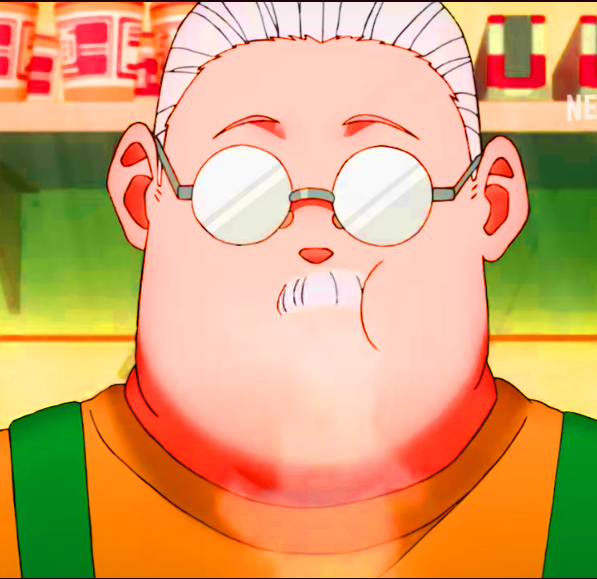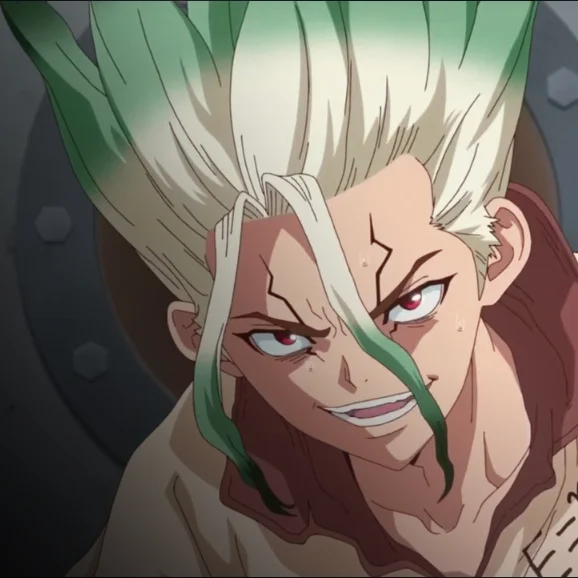
As the sun sinks below the horizon, casting a dusky glow over the Demon Slayer Corps’ training grounds, the Hashira Training Arc in Season 4 of Demon Slayer: Kimetsu no Yaiba begins. This Demon Slayer Season 4 is the prelude to the long-awaited showdown with the Demon King, Muzan Kibutsuji, as the Corps’ most elite warriors face grueling trials in preparation. Their training goes beyond physical prowess, demanding emotional and mental fortitude as they prepare for their mission to protect humanity from the looming forces of evil. As dusk deepens into night, so does their resolve, steeling them for the decisive battle ahead.
The Hashira Training Arc presents a crucible where the Corps’ strongest warriors undergo intense preparation for the final confrontation. Their training is punishing, pushing them beyond their limits and forging them into even more vital versions of themselves. Already at the pinnacle of human strength, each Hashira must continue to evolve. Facing Muzan and his upper-ranked demons will require more than skill; it demands an iron will and emotional resilience.
Demon Slayer Season 4: Hashira Training Arc
The physical demands of the Hashira’s training are relentless, designed to prepare them for the ferocious demons they will face. High-intensity stamina drills, combat training, and mastery of their breathing techniques push them to exhaustion. Each Hashira’s unique fighting style, honed over years of experience, is sharpened even further. They must adapt their reflexes, anticipate the enemy’s attacks, and perfect their dodging and counter-attacks to match the overwhelming speed and strength of Muzan’s demons.
Mental Toughness and Emotional Resilience
However, physical strength alone is not enough to guarantee victory. Equally crucial are mental toughness and emotional resilience. Each Hashira undergoes rigorous psychological conditioning, confronting their deepest fears, insecurities, and doubts. In the battle against Muzan, maintaining composure in the face of terror is essential. They must learn to manage anxiety, pain, and grief, developing the mental discipline to stay focused in the chaos of combat.
They confront their demons and build the strength necessary to stand against Muzan’s forces. Central to this arc is the transformation of Tanjiro Kamado, who evolves from a passionate novice into a seasoned Hashira. Motivated by his desire to protect his sister Nezuko and avenge his family, Tanjiro’s growth reflects his perseverance and unbreakable spirit.
Tanjiro’s Growth As Fine Warrior
Numerous failures mark Tanjiro’s early training. His eagerness to prove himself leads him to act impulsively, often resulting in painful setbacks. He quickly learns that passion alone is insufficient and needs discipline, strategy, and emotional control. His struggles become valuable lessons, helping him refine his combat skills and breathing techniques. Over time, Tanjiro tempers his emotions and learns to balance his fierce protective instincts with the cold logic required for battle.
By the end of the arc, Tanjiro emerges as a fine warrior, earning the respect of his peers. His relentless determination to protect humanity and defeat Muzan pushes him to his limits. He learns to control his emotions, approach combat clearly, and lead with wisdom and strength. His transformation from a boy to a seasoned warrior highlights the qualities that make him a true hero.
Redemption and Strength Forged from Struggle
Gyomei Himejima, the strongest Hashira, undergoes profound growth during this arc. Known for his immense physical power, Gyomei’s journey is not just about strength but also redemption. His early life was marked by guilt and loss, but through intense self-reflection and discipline, he transformed his pain into a source of strength.
Gyomei’s backstory reveals a man haunted by his past. His early years were filled with tragedy, and he carries the weight of past failures. His journey towards redemption is inspiring, as he overcomes his inner turmoil to become one of the Corps’ most powerful warriors. His unwavering commitment to protecting others drives him, and his sense of duty pushes him to greater heights.
Gyomei’s rise to leadership within the Hashira is a testament to his determination. He embodies the idea that true strength comes from physical power and the ability to confront one’s inner demons and emerge stronger. His journey emphasizes the power of redemption and the importance of inner resolve in the face of adversity.
Evolution from Savage Fighter to Tactical Warrior
Inosuke Hashibira, initially known for his wild and unpredictable fighting style, also undergoes significant transformation. Raised in the wilderness, Inosuke’s raw fighting methods rely on brute strength and instinct. However, as the arc progresses, he learns that brute force alone will not be enough to defeat Muzan’s upper-ranked demons.
At the arc’s beginning, Inosuke’s approach to combat is straightforward: attack with unrelenting ferocity and overwhelm the enemy. While effective in some situations, it soon becomes clear that this method will not work against Muzan’s powerful demons. Inosuke realizes that survival will require more than raw power; it will demand strategy and discipline.
Through intense training, Inosuke learns to combine his strength with tactical thinking and teamwork. His evolution from a lone fighter to a cooperative warrior is crucial for the Corps’ success. By the arc’s end, Inosuke has become a more thoughtful and strategic fighter, ready to face the challenges ahead.
Dwelling Deep into the Hashira’s Psyche
Season 4’s extended episodes allow deeper character exploration and more immersive storytelling. The longer episodes give time to delve into Hashira’s struggles, giving viewers a richer understanding of their motivations and growth.
The extended format highlights Hashira’s unique personality, with particular attention given to characters like Tengen Uzui, Mitsuri Kanroji, and Sanemi Shinazugawa. Each Hashira’s backstory is explored, revealing the emotional depths that shape them. Tengen’s flashy techniques are given more significant meaning, Mitsuri’s compassionate nature is examined, and Sanemi’s tough exterior is peeled back to reveal the trauma and loss that drive him.
Kagaya Ubuyashiki’s Heroic Sacrifice
In one of the arc’s most heartbreaking moments, Kagaya Ubuyashiki, leader of the Demon Slayer Corps, sacrifices himself in a devastating explosion, taking his family with him. His sacrifice weakens Muzan, creating a critical opportunity for the Hashira to strike.
Ubuyashiki’s selfless act disrupts Muzan’s forces, giving the Hashira a much-needed advantage. His death is a powerful reminder of the cost of war and the sacrifices made to protect humanity.
The emotional impact of Ubuyashiki’s sacrifice reverberates throughout the Corps. For Tanjiro and the Hashira, his death is a painful reminder of the stakes. Yet, it also strengthens their resolve to fight even harder for the future he died to protect.
Final Battle & Tamayo’s Deadly Poison
Tamayo, a former demon turned ally, plays a crucial role in the battle against Muzan. Her Blood Demon Art allows her to administer a poison that significantly weakens Muzan, giving the Hashira an essential advantage. With Muzan weakened, Gyomei seized the opportunity to strike a decisive blow, shaking the battlefield. However, the fight is far from over, and the Hashira must press on.
The final battle against Muzan is both triumphant and tragic. The Hashira fight with everything they have, knowing the fate of humanity rests on their shoulders. Though Muzan is ultimately defeated, the victory comes at a steep cost, with many lives lost.
The Hashira emerge victorious, but the scars of battle remain. The final battle is both a triumph and a tragedy as the survivors grapple with the emotional toll of war. Tanjiro reflects on the journey that brought them here, ready to carry on the fight for a peaceful future, honoring the sacrifices of those who fell.




One thought on “Demon Slayer Season 4:Hashira Training Arc”
Comments are closed.